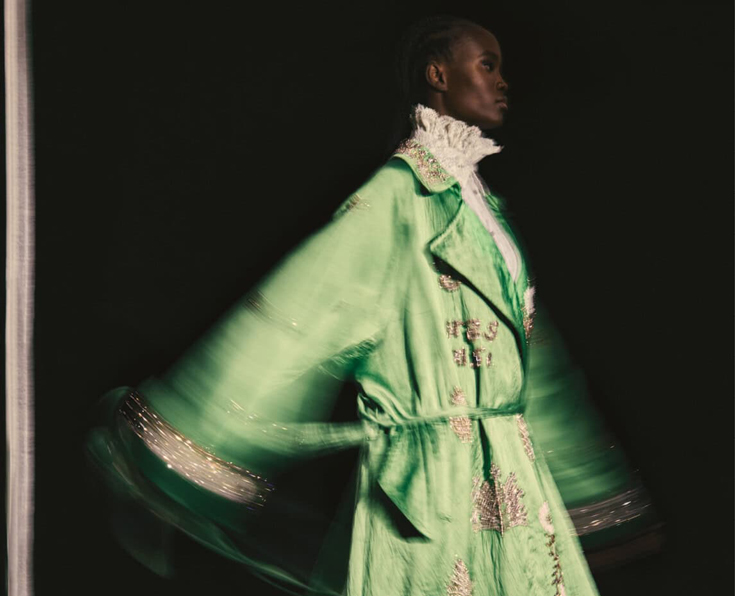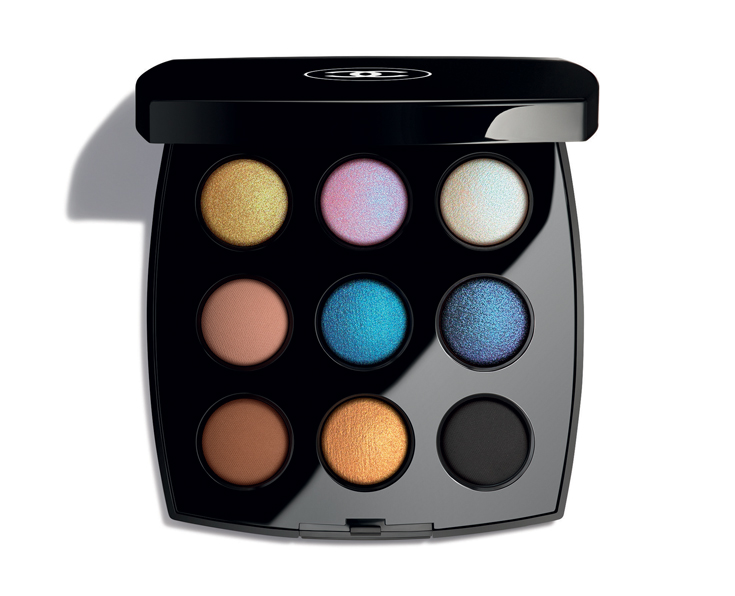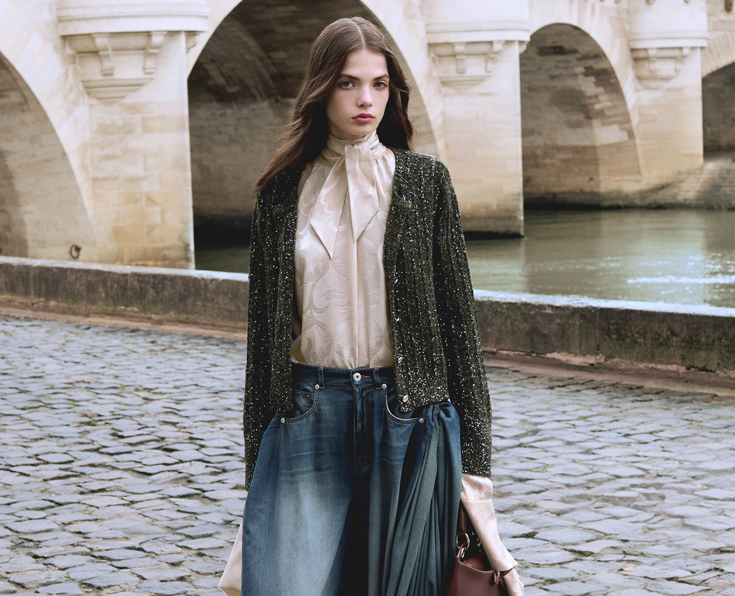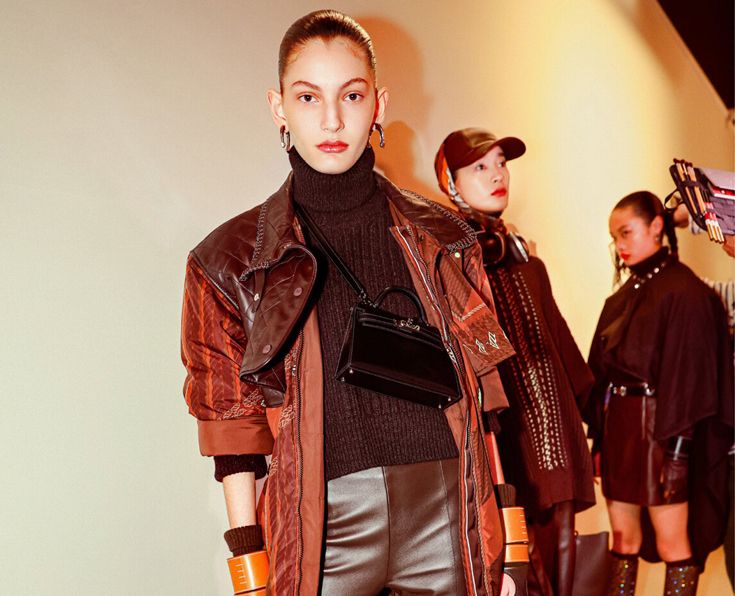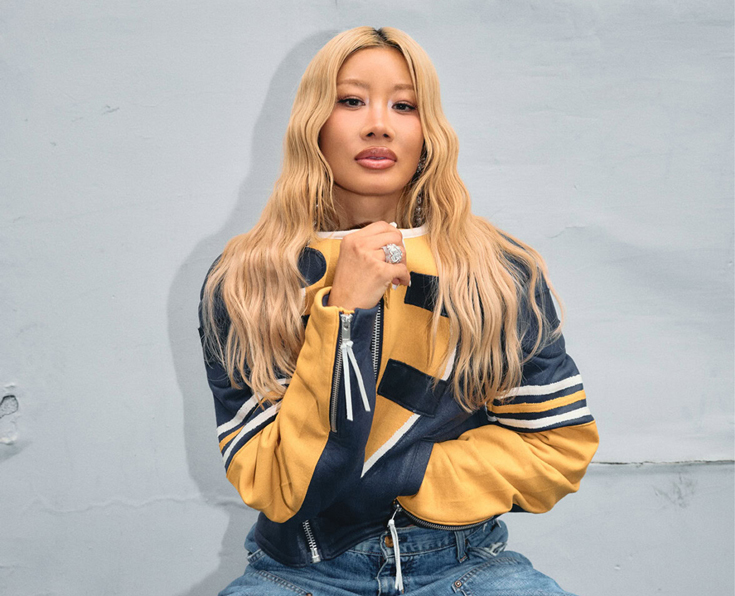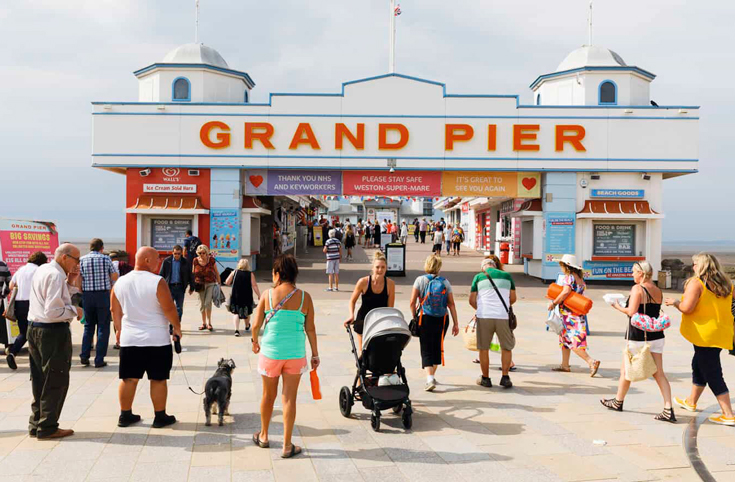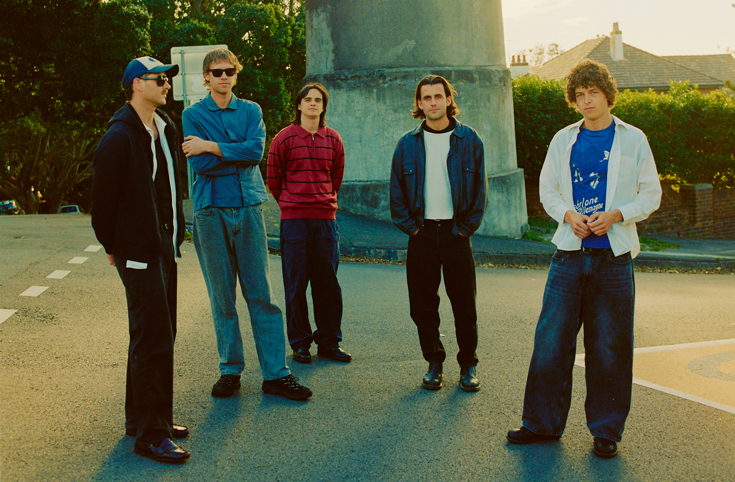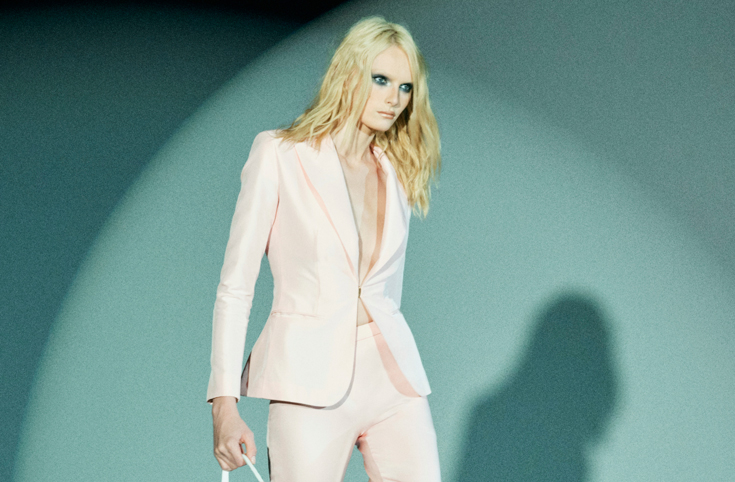TONY MARCUS ON THE SMELL OF ELEGANCE
I recently became addicted to a perfume that smells like perfumed wood. Or perfumed cedar, to be super precise. I was looking for an “elegant” perfume and this one stood out. It is not loud (although I only wear light applications).And it is not macho (in perfume terms). It’s hard to say exactly what it is. Enigmatic, perhaps. And calm.
My responses to the word “elegance”: Le Smoking. Romaine Brooks’s paintings. Certain Lou Reed songs.Specifically, Pale Blue Eyes (which has already inspired a perfume) and Coney Island Baby. Definitely Romaine Brooks. She is as enigmatic as my mysterious perfume.The more I read about her and the more I study her paintings, the less I understand. But first impressions are“elegant”. She mainly painted portraits – boy-ish girls and mannish women – all with great bone structure, flowing hair and a stark, grey or ash-like palette.
Brooks was at her artistic peak in the period around WWI.She appears as a character in Radclyffe Hall’s 1924 novel The Forge. Hall describes heras a forbidding ice queen who paints immortal masterpieces. In one scene, we see her at a great ball, drinking champagne with a number of young women dressed as men. In another, Hall describes a visit to her studio: decor ahead of its time, dark rooms with black lacquer tables. Spaces with minimal, monochrome grace.
“She sprayed herself with her characteristic scent,” observes Hall, “of which no one had ever been able to discover the name.”
Some of the women she painted were her lovers, while others were high-society clients who had asked for a portrait. Critics have noted her monochrome palette and deathly skin tones. Brooks’s nudes, noted Hilton Kramer in the New York Times (reviewing a 1971 exhibition) are “impressively eerie, suggesting a kind of icy emotion”. I think that is a little harsh. Her work is full of feeling. But perhaps hard to read.
The Smithsonian museum has put Brooks’s unpublished autobiography online. One section records her early experiences – from 1890 to1900 – when she was semi-estranged from her family, studying art and living on very little money. She describes life in Paris, Geneva, Capri and Rome, writing about cheap accommodation and the difficulties of being a single woman in these early modern cities. She is the only female student at her art school in Rome, which is otherwise “filled”, she notes, with men like “the ones that followed me in the streets”

“The sticky, sensual heart is so abstract its practically non-gendered”
Her memoir remained in manuscript at the time of her death. It is helpful to read if you are interested in her work. She admired Whistler. But, she adds, there was “no surprise, no paradox, no complexity” in his art. Her own “disturbed temperament,” she writes, “was to aspire towards more indeterminate moods.” She mentions Giovanni Boldini (a painter of the period) and notes he would “prefer surface values for women”.
I also read Meryle Secrest’s 1974 biography of Brooks, Between Me and Life, and it’s clear that her childhood was difficult. Her brother was ill with some violent mental illness. Her mother was over-dedicated to this son and little sounds right or healthy about her home life. The family was immensely wealthy. But her childhood was full of wild scenes (her brother’s violent temper), occult visions (her mother could see ghosts) and more in that vein. “She painted with strength,” wrote Guillaume Apollinaire in the L’Intransigeant newspaper, “but sadness, too much sadness.”
I must have listened to Lou Reed sing Pale Blue Eyes thousands of times. I think it is a sad song. Allegedly, it’s about a love affair that ended (she broke up with him because she was the “straight”girl to his lowlife) but in the song the affair is eternal and ongoing. Every word is beautifully chosen. And every word feels true.
“It was good what we did yesterday
And I’d do it once again
The fact that you are married
Only proves you’re my bestfriend
But it’s truly, truly a sin”
Coney Island Baby is just as personal. The span of Reed’s adult life is contained in that one song: crush on older hetero male (tick), first love (tick, and a reference to the girl in Pale Blue Eyes), current love (tick), adventures in the city at night (tick) and favourite teenage music (a reference to The Excellents’ 1962 hit Coney Island Baby…tick). Near enough a whole life in one song. The section dedicated to his then partner, Rachel Humphreys, a trans woman, is all about love. He also dedicates the song to her (I am assuming that was her preferred pronoun).Coney Island Baby finishes with Reed doing an impression of a radio announcer dealing with a request: “This one goes out to Lou and Rachel.” Around that time he even took Humphreys with him to some press interviews. He wasn’t hiding his personal life.
I have played this song for years. There are songs we listen to repeatedly. Gerhard Richter had the same issue with JS Bach. Richter’s book The Daily Practice of Painting collects his writings on painting. There are digressions. “Glenn Gould’s Goldberg Variations. For a year, two years, I have listened to almost nothing else,” writes Richter. “What is beginning to irritate me is the perfection. This totally absurd, boring, malevolent perfect. No wonder he died young.”
Romaine Brooks’s “muse” was Ida Rubinstein, a Russian dancer and heiress. She painted her several times. To my eyes (which are weak these days), the figure of Rubinstein occurs in Brooks’s paintings even when she isn’t painting her. The same pale skin, long limbs, slender body and stark bone structure return on otherbodies. According to Brooks’s biographers, the affair between them lasted four years.
“I remember one cold snowy morning walking [with] her around the Longchamp Race-course,” writes Brooks. “Everything was white and Ida wore a long ermine coat. It was open and exposed the frail bare chest and slender neck…” Her body, wrote Brooks, was shaped with “curveless lines”. That “curveless” made me start. It describes the dancer’s muscular, elongated body and is the opposite of the “hourglass” figure which (I think) was the fashionable shape at the time. Brooks said there was something “elusive” in Rubinstein. “When she first came to Paris she possessed what is now so rarely spoken of – mystery.”
There is nothing in her memoir to explain why Brooks stopped painting. Despite the success of her early works she had more or less stopped by the 1930s. There are some interesting drawings but no significant body of work. Her biographer said Brooks was so rich she didn’t need to paint. When her mother died she inherited avast fortune. But I don’t know why she stopped painting any more than I can understand how Reed could bear to perform Coney Island Baby years after he split with Humphreys and years after she died of Aids. It’s not for me to unlock Brooks any more than it is for me to understand Reed and his princess or Reed and Humphreys. I think it’s distasteful to look too closely.Other people’s lives are other people’s lives. But then I keep listening to those songs and looking at the pictures.
I also wonder why these works are “elegant” to me. They all have some sadness about them. I would like to be “happy”, for example, in my life but my mental picture of “happy” is that guy from Disney’s Snow White. It is not an image of a dignified being. I don’t know why sadness can appear elegant. Richter goes further. From his Notes (1983): “Art has always been basically about agony, desperation and helplessness (I am thinking of crucifixion narratives from the Middle Agesto Grunewald…). Agony, desperation and helplessness cannot be represented except aesthetically, because their source is the wounding of beauty…” I would recommend that book (Richter’s The Daily Practice of Writing) to anyone. He is a great thinker and teacher. Anyway, for several weeks I have been wearing this one perfume that smells like perfumed wood. It is always smooth on the skin, like cream. By “perfumed” I mean it sparkles like sunlight on the sea and carries a trace of classic French perfume. I think the nose behind this fragrance, Nicolas Bonneville, has found a way to enhance the natural sensuality of wood. A key ingredient of Sulawesi (the name of this perfume) is Indonesian patchouli. I am familiar with a fibrous, green patchouli. But not this gauzy, sparkling mystery.
“If you want to play on certain facets of patchouli,” explains Bonneville, “it can be texturised like a sculptor would do. We will look for gravitas, a little bit of cedars, vetiver, java to smoke it, make it a little blacker, bring contrast in the base note with benzoin. This is the backbone: patchouli, nutmeg and benzoin.”
There is something complete about this perfume. It’s faultless in my opinion. Interestingly, all of its natural ingredients are from Indonesia. It is the idea of the perfume house, Nissaba, whose perfumes have this single origin feature. I was going to say Sulawesi wasn’t a sad perfume unless your heart aches for the forests of Indonesia. But then this smoky, warm, spicy perfume suddenly makes me think about all the distant places in this world that I will never see. There was a little sadness in that thought. But nothing I can’t live with.
THREE ELEGANT PERFUMES
SULAWESI BY NISSABA
It’s easy to love this exotic, dreamy wood. I have only been wearing a light application but it still sparkles over dark, smoky shadows. The cedar absorbs the spices and the final dry down is refined but sensual. A sophisticated and beautiful perfume.
COCO MADEMOISELLE BY CHANEL
While this has never been marketed at men it has a dry, herbal aspect that can be read as masculine (in perfume terms). The sticky, sensual heart is so abstract it’s practically non-gendered. And the long, gauzy drydown– tonka, vanilla, musk, sandalwood or related notes –is subtle and pleasure-giving. If I were Chanel I would use Lou Reed as the next face (after Keira and Kate) of Coco. It is so 22nd century.
SOIE MALAQUAIS BY DRIES VAN NOTEN
A few perfume writers have picked this as the most interesting of the new Dries range. The advertised notes include silk and chestnut but I was taken by the ending, which was both bitter and sweet thanks to a dry, powdery chocolate (perhaps that is the chestnut) and expensive vanilla. The ending has the wry confidence of someone who knows they are good in bed.
Taken from Issue 58 of 10 Men – ELEGANCE, GRACE, BEAUTY – out NOW. Purchase here.

